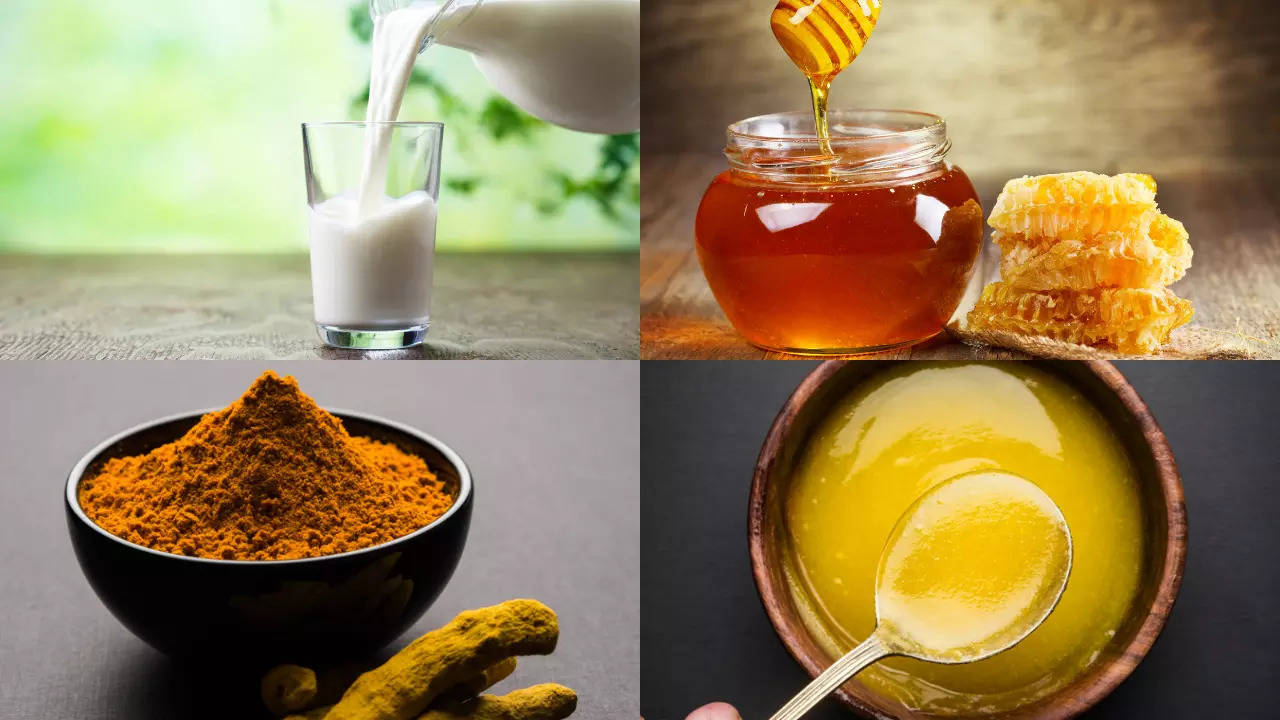Table of Contents

Adulteration is a growing concern, and the Food Safety and Standards Authority of India (FSSAI) has been actively putting efforts to reduce this issue through its regulations. Recently, during its 44th meeting chaired by Apurva Chandra, the food authority has approved crucial amendments to the Food Safety and Standards (Labelling and Display) Regulations, 2020. These amendments are made to make the consumers aware regarding the nutritional value of packaged food items, encouraging them to make healthier choices.
Also Read: World Bread Day 2024: Did You Know White Bread Was Once Reserved For The Wealthy?
As per the new regulations, it is mandated for the packaged food products to display the total sugar, salt and saturated fat content in bold letters and larger font sizes on the labels. This is an extremely important step in combating the rise of non-communicable diseases (NCDs) like diabetes and heart-related disease. The per-serve percentage contribution to Recommended Dietary Allowances (RDAs) for these nutrients will also be highlighted, making it easier for consumers to know the health impact of what they are consuming.
However, as important as it is to read the label carefully, it’s equally essential to be aware of food adulteration which is a rising concern in India. To protect yourself from purchasing unsafe food products, here are six tips to follow.
Buy From Authorised Vendors And Always Ask For A Bill
Make sure you purchase food items from authorised retailers. Always request a bill that may serve as proof of purchase and helps in holding the seller accountable if the product is found to be adulterated.
Beware Of Fake Online Platforms
If you are buying food products online, beware of fake websites who offer unbelievable discounts. Make sure to verify the authenticity of the website and avoid untrustworthy platforms that may sell counterfeit products. Go for popular platforms with good reviews and reliable customer service.
Examine The Nutrition Label
The nutrition label is a valuable thing to identify adulterated products. Check the ingredients carefully. If you notice any unusual or unfamiliar ingredients, specially in nutritional supplements, do some research to ensure they are legitimate. FSSAI has introduced the 'Smart Consumer App,' which allows consumers to scan and verify packaged food products.
Pay Attention To Packaging Details
It is a struggle to perfectly replicate packaging, therefore be on the lookout for subtle differences in the logo, size, and colour of the packaging. Many genuine products come with anti-counterfeiting measures such as holograms, QR codes or special scratch codes, which you can use to verify the authenticity of the product.
Watch Out For False Claims
Misleading claims such as "100% fruit juice" on reconstituted juices are common. FSSAI has recently directed food businesses to remove such claims from their labels and advertisements. Similarly, terms like “health drink” may not always be supported by scientific evidence and could mislead consumers into thinking a product is healthier than it actually is.
Simple Tests For Adulteration
- Ghee: Pure ghee melts quickly and turns dark brown when heated, whereas adulterated ghee may take time to melt and turns a lighter shade.
- Honey: Pour a spoonful of honey into a glass of water. If it dissolves quickly, it may contain glucose or sugar syrup as unadulterated honey will sink to the bottom without dissolving.
- Turmeric: Mix a teaspoon of turmeric with warm water and wait for the results. Pure turmeric will settle at the bottom, while adulterated turmeric may make the water cloudy.
- Milk: Add milk and water to a container and shake it vigorously. If a dense foam forms, the milk may be adulterated with detergent and if you see a thin layer of foam then the milk is pure.
- Red Chilli Powder: Add a teaspoon of red chilli powder to water. If the water turns bright red, it may contain artificial colour. Pure chilli powder will not change the water’s colour.

